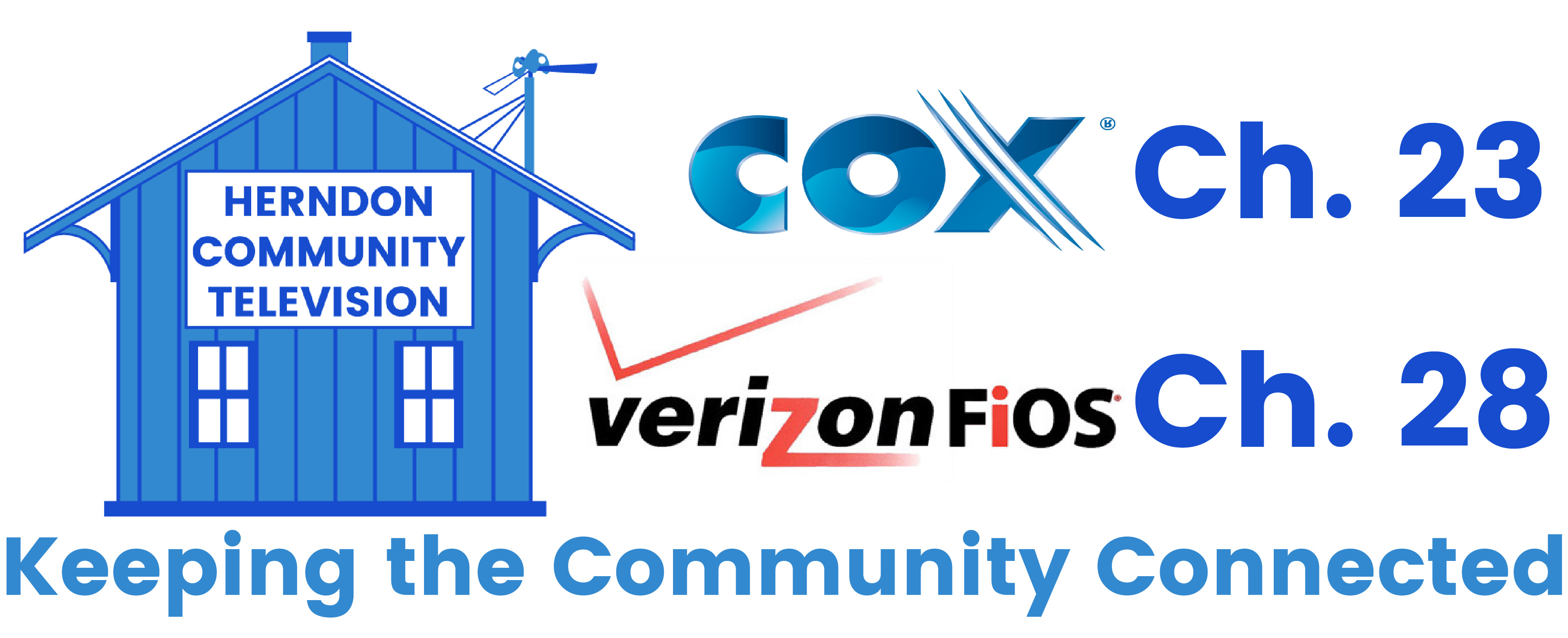
Definitions and Roles

Camera Terms
The Frame – The small rectangular area within which all the action takes place.
It is important to remember that all the audience sees is what we present in this small space.
Within the Frame are two major divided sections.
The Essential Area is that portion in the center that any Television will display. Because many TV sets can vary in the way they are adjusted, it is important to keep pertinent picture information in this area.
Headroom – This refers to the open space above a person’s head within the Frame. It is crucial to leave a sufficient amount of “breathing room” around a subject. Too much headroom is distracting and a waste of limited space.
A Shot is the way in which the subject(s) is (are) composed within the Frame. There are several common shots.
- A Wide Shot is one that encompasses the entire scene. This is sometimes called an Establishing shot; used to orient the audience as to where we are, what the weather is like, what time of the day it is, etc.
- A Medium Shot shows the essential content of the subject.
- A Close-Up includes only the finest detail. This would be from Head to Shoulders on a person or two people.
- A Two-Shot is two people and nothing else. This may vary based on the circumstances, and how close the people are to each other.
- The Medium Close-up is still close but includes other elements surrounding the subject. With a person this would be from the middle of the body (stomach) to the head. Of course, there is ALWAYS sufficient Headroom.
- An Extreme Close-up will zero in on specific details.
There are several terms used to describe camera movement.
- A camera Pan is when the camera pivots horizontally (either left to right or right to left) from a fixed position.
- A camera Tilt is when the camera pivots vertically (either up or down) from a fixed position.
- A camera Zoom In is when the camera lens moves to enlarge a specific area within the frame. This camera movement can also be described as Tightening a shot.
- A camera Zoom Out is when the camera lens moves to increase the field of view within the frame. This camera movement may also be described as Widening a shot.
Production Terms
When a crew is dispatched to photograph a scene or group of scenes (sometimes comprising an entire show) this is referred to as a Shoot. This may not be proper grammar to the layman, but is the term used in the Television business.
A cue is a signal to a crew member or the talent to begin. As an example, at the beginning of a show the director will shout the command, “cue talent”. This will prompt the Floor Manager to make a large pointing gesture at the person on stage to begin.
Of course, if the talent begins talking and the microphone is not active, the audience will hear nothing.
A microphone has two states; OPEN and CLOSED. An open Mic (pronounced “Mike”) is active and collecting sound. A closed Mic is dormant and no longer adding its signal to the program.
The Program is the signal that is being transmitted to the audience. In many cases this is actually being recorded on Videotape but still treated as a live broadcast. The Preview is a display of what will be on the Program after the next transition.
Crew Terms
- The Producer: The supervisor of the show. The producer is the person who coordinates all aspects of the show, from its creation to the final product.
- The Director: The director is the person who manages the filming of the program. The director instructs the crew in the technical and artistic aspects of the shoot, according to the storyboard.
- Floor Manager: Takes instructions from the director, assists camera operators, and cues talent.
- Camera Operators: operate the camera according to the instructions of the director.
- Audio Engineer: Is responsible for the sound – from microphones to music.
- Talent: The people we see on the camera. The host and the guests on the program.
- Video Editor: Responsible for the creation of graphics, including titles, slides, animations and logos. Puts the final show together, combining all elements into one program.
Video Editing Terms
There are many different ways to move the viewer from one shot to another. These are called the Transitions. The most common is the Cut. There are many types of Dissolves, Fades and Wipes.
- Cut – A direct change of shot.
- Fade – This can be a Fade-in which comes to the shot from black or a Fade-out which transitions from a shot to black.
- Dissolve – This is a transition from one shot to another. One shot fades out, as the other fades in to take its place.
- Wipes – Another way to transition from one shot to another is with a wipe. There are an innumerable variety of wipes, usually associated with geometric shapes. In this transition one picture is “wiped” off the screen as the new shot “wipes” on.
NLE – Nonlinear Editor – Digital Video editing, done on the computer.
A Roll – your main footage
B Roll – footage that is used to emphasize what is happening on the A roll
Voice Over (VO) – when someone is talking but does not appear on camera.
